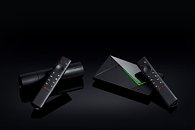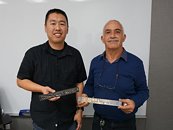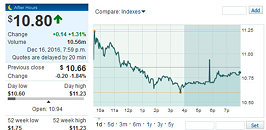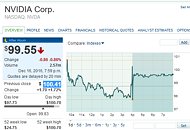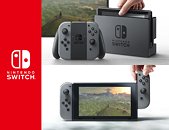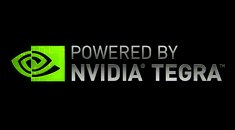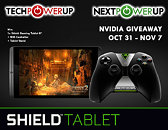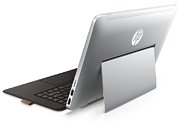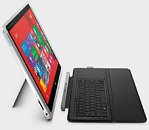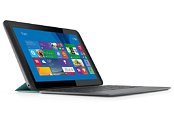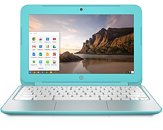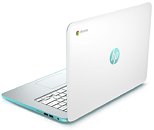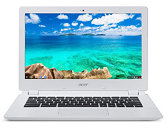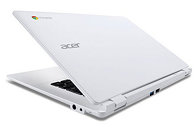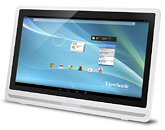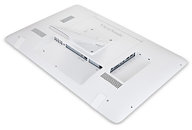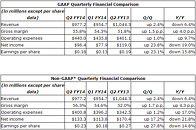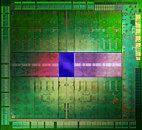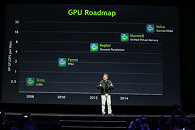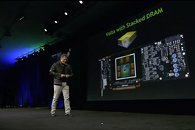
Nintendo Switch 2 Could Retain Backward Compatibility with The First-Gen Console
Reports are circulating online that Nintendo's upcoming successor to the Switch console, tentatively referred to as the "Switch 2," will offer backward compatibility for physical game cards and digital purchases from the current Switch library. While Nintendo has yet to officially announce the new console, speculation points to a potential reveal as early as next month for a 2024 launch. The backward compatibility claims first surfaced last year when Nintendo America President Doug Bowser hinted at supporting continuity between console generations to minimize the sales decline when transitioning hardware. New momentum behind the rumors comes from gaming industry insiders Felipe Lima and PH Brazil, who, during recent podcasts, stated the Switch 2 has backward compatibility functionality already being shared with game developers.
Well-known gaming leakers "NateTheHate" and others have corroborated that testing is underway for playing current Switch games on new hardware. If true, this backward compatibility would be a consumer-friendly move that breaks from Nintendo's past tendencies of forcing clean breaks between console ecosystems. While details remain unconfirmed by Nintendo, multiple credible sources point to the upcoming Switch successor allowing gamers to carry forward both their physical and digital libraries to continue enjoying this generation's releases. If the compatibility remains, the hardware platform could stay in the playing field of the same vendor—NVIDIA—who provided Nintendo with Tegra X1 SoC. The updated version of the SoC could use a fork of NVIDIA's Orin platform based on Ampere GPU with DLSS, but official details are yet to be seen.
Well-known gaming leakers "NateTheHate" and others have corroborated that testing is underway for playing current Switch games on new hardware. If true, this backward compatibility would be a consumer-friendly move that breaks from Nintendo's past tendencies of forcing clean breaks between console ecosystems. While details remain unconfirmed by Nintendo, multiple credible sources point to the upcoming Switch successor allowing gamers to carry forward both their physical and digital libraries to continue enjoying this generation's releases. If the compatibility remains, the hardware platform could stay in the playing field of the same vendor—NVIDIA—who provided Nintendo with Tegra X1 SoC. The updated version of the SoC could use a fork of NVIDIA's Orin platform based on Ampere GPU with DLSS, but official details are yet to be seen.











